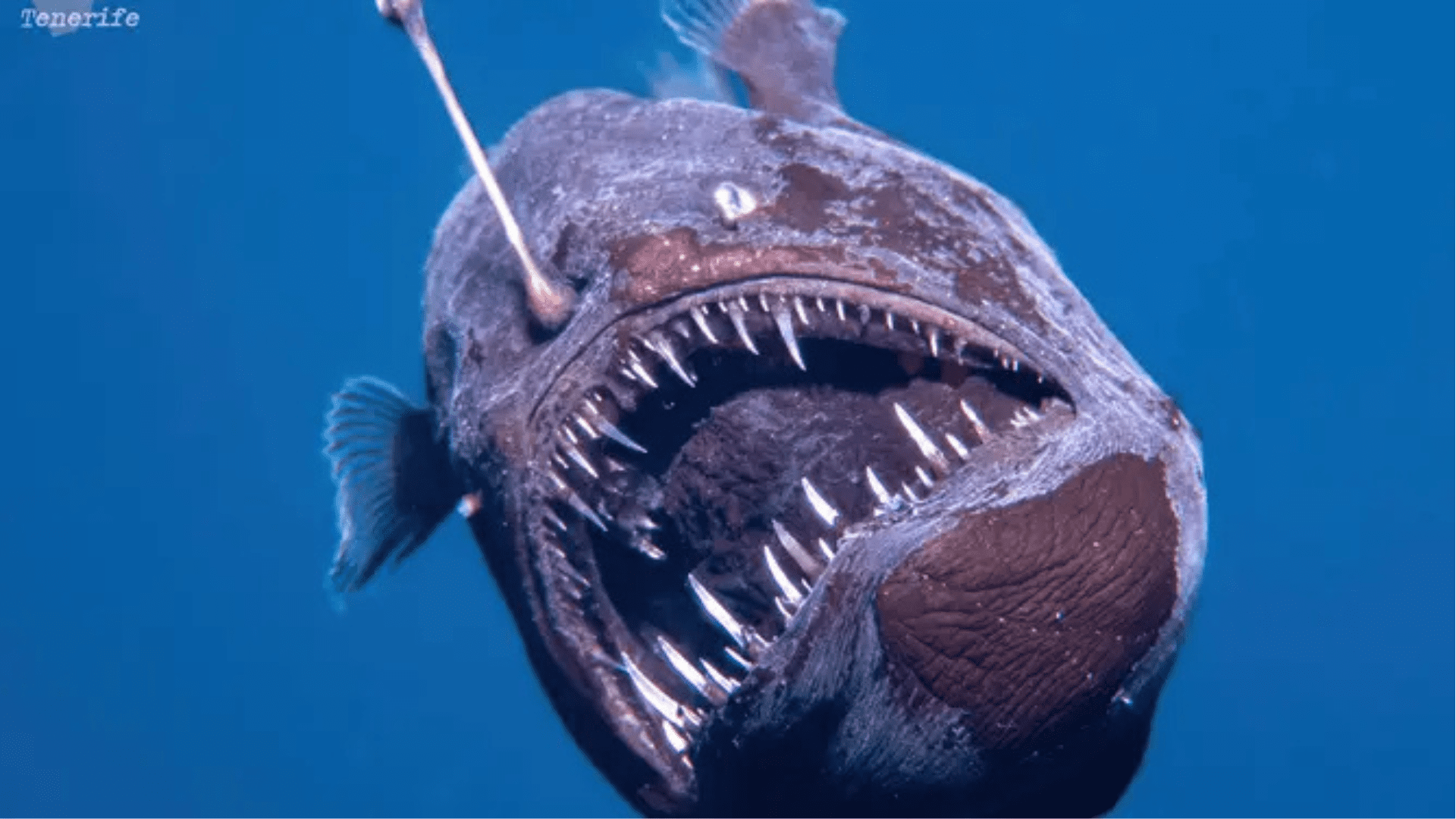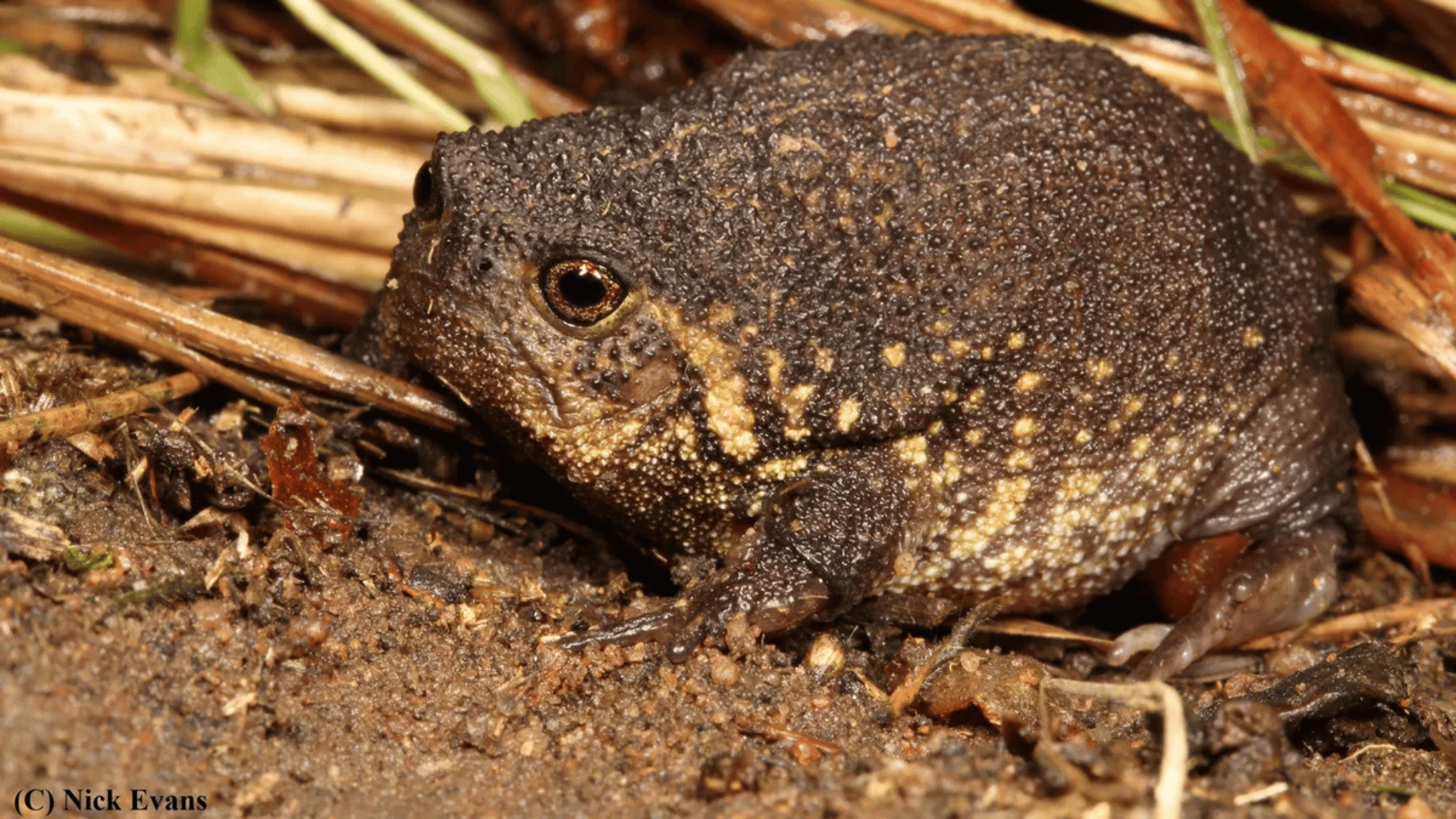A team of researchers captured something that had never been documented before. Researchers in the Canary Islands captured video of a black seadevil anglerfish slowly drifting to the ocean’s surface. It’s one of, if not the most rare video captured in the sea.
“It was like a dream come true,” says David Jara Bogunyà, a marine wildlife photographer with the NGO Condrik Tenerife.
Jara and his colleagues swam with and captured video of the black seadevil, which typically swims at ocean depths between 650 and 6,500 feet.
Black Seadevil
Scientists capture Sea Devil in daylight for the first time off the coast of Tenerife
The environmental organization Condrik Tenerife has reported that, for the first time, a deep-sea anglerfish, known as the “sea devil”, has been filmed in daylight near the coast of Tenerife.… pic.twitter.com/3SGC1OTvOd
— NEXTA (@nexta_tv) February 8, 2025
Let’s be honest; it’s a fitting name. Judging by the looks, the Black Seadevil angler fish is something straight from a nightmare. Fitted with gaping jaws, sharp fangs, and bioluminescent lures used to draw in their prey, the black seadevil is a bit unsettling. However, they’re relatively small in size. These fish are only about six inches big.
The video went extremely viral, notably with people pledging never to swim in the ocean again. However, researchers emphasize how rare it is for these fish to appear that close to the ocean’s surface. Kory Evans, a fish biologist at Rice University, says he couldn’t believe what he saw. He even went as far as thinking the video was AI.
“It’s a really rare event to see a deep-sea critter like that close to the surface,” said Bruce Robison, a senior scientist at the Monterey Bay Aquarium Research Institute.
According to National Geographic, Robinson knows better than anyone. He is the only other person to document a video of the Black Seadevil, though it was taken at a depth of 1,900 feet in 2014.
But, Why?

There are a few theories about why the Black Seadevil was spotted close to the ocean’s surface. Evans was shocked that the fish was not only intact but swimming. Usually, a fish adapted to such depths doesn’t prefer to move.
“Their whole deal is not moving,” he said. “They are ambush predators…They kind of sit there, bobbing around, so seeing this one doing something active is kind of shocking.” While terrifying to look at, Evans says looks may be deceiving. “These fish look ferocious and fearsome, but they’re mostly soft and squishy,” he adds.
Robinson was also stunned to see the Black Seadevil make an unusual appearance. “I’ve been scratching my head trying to figure out what happened, and a couple of things come to mind,” he said. It’s possible that the angler fish ate a fish with a swim bladder or gas gland. As the gas kept expanding, it possibly forced the fish upward.
Because the sighting was near the Canary Islands, known for volcanic activity, it’s possible that the fish was trapped in a rising pocket of warm water created by “undersea fissures.”
Robinson says it’s possible that a larger predator swallowed the Black Seadevil, and the angler fish was either spit out or slipped away closer to the surface.
The angler fish’s appearance is a striking reminder of how little we know about the deep ocean.
“The deep ocean habitat is the largest living space on Earth, and it’s home to most of the animals that live on this planet. We are exceptions,” said Robison. “We know so little about what’s down deep.”







